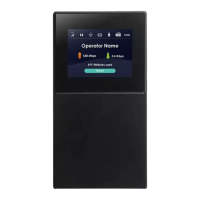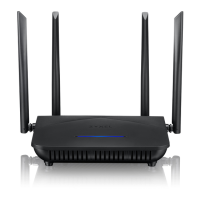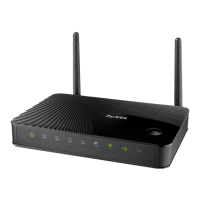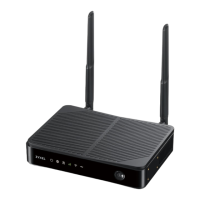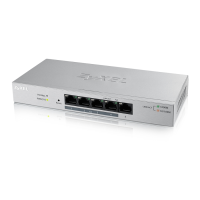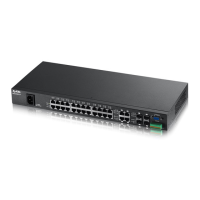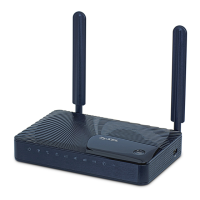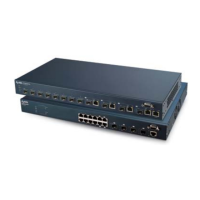Chapter 8 Wireless
NR/FWA Outdoor Series User’s Guide
118
Note that the access point (AP) is not always the registrar, and the WiFi client is not always the enrollee.
All WPS-certified APs can be a registrar, and so can some WPS-enabled WiFi clients.
By default, a WPS device is ‘un-configured’. This means that it is not part of an existing network and can
act as either enrollee or registrar (if it supports both functions). If the registrar is un-configured, the
security settings it transmits to the enrollee are randomly-generated. Once a WPS-enabled device has
connected to another device using WPS, it becomes ‘configured’. A configured WiFi client can still act
as enrollee or registrar in subsequent WPS connections, but a configured access point can no longer act
as enrollee. It will be the registrar in all subsequent WPS connections in which it is involved. If you want a
configured AP to act as an enrollee, you must reset it to its factory defaults.
8.6.7.3 Example WPS Network Setup
This section shows how security settings are distributed in a sample WPS setup.
The following figure shows a sample network. In step 1, both AP1 and Client 1 are un-configured. When
WPS is activated on both, they perform the handshake. In this example, AP1 is the registrar, and Client 1
is the enrollee. The registrar randomly generates the security information to set up the network, since it is
un-configured and has no existing information.
Figure 75 WPS: Example Network Step 1
In step 2, you add another WiFi client to the network. You know that Client 1 supports registrar mode, but
it is better to use AP1 for the WPS handshake with the new client since you must connect to the access
point anyway in order to use the network. In this case, AP1 must be the registrar, since it is configured (it
already has security information for the network). AP1 supplies the existing security information to Client
2.
Figure 76 WPS: Example Network Step 2

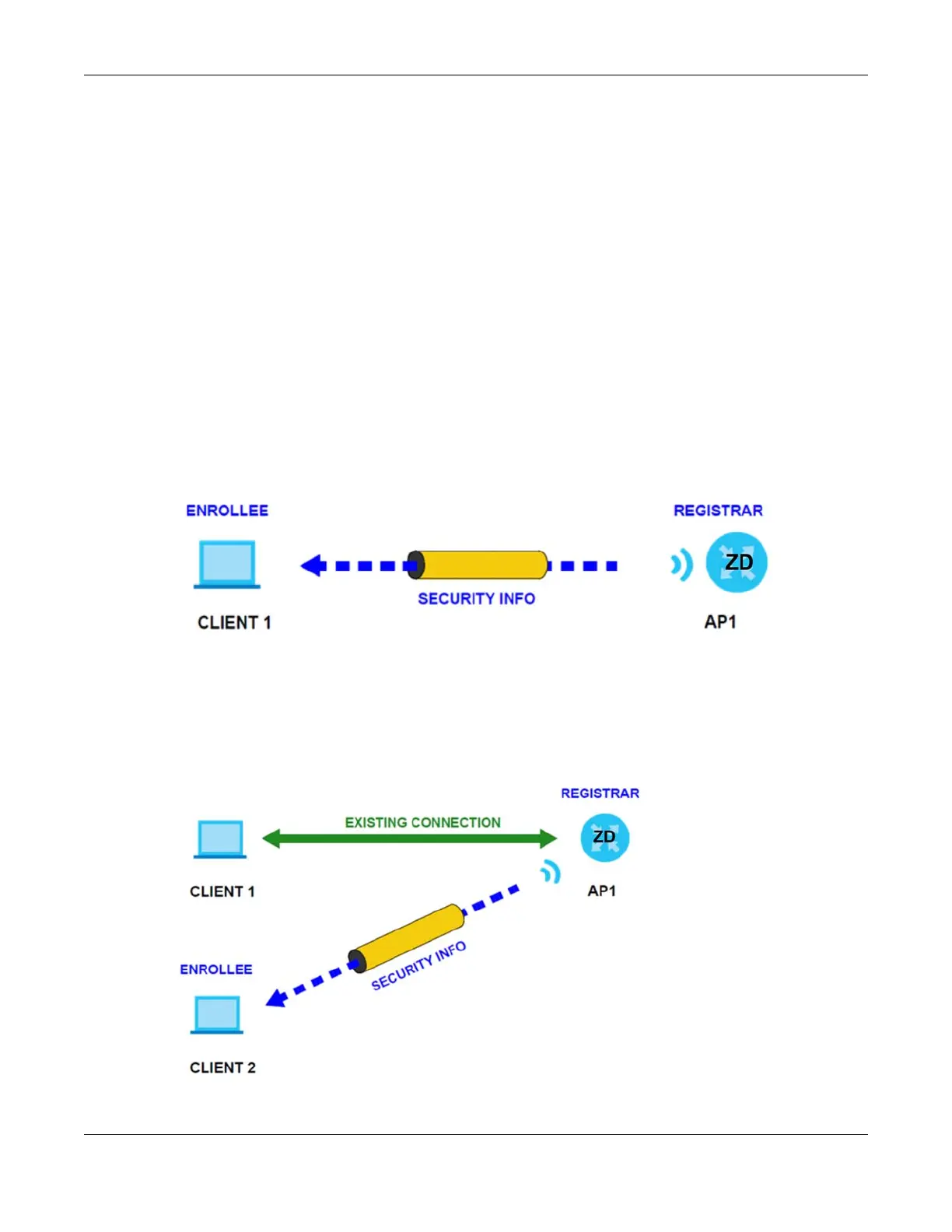